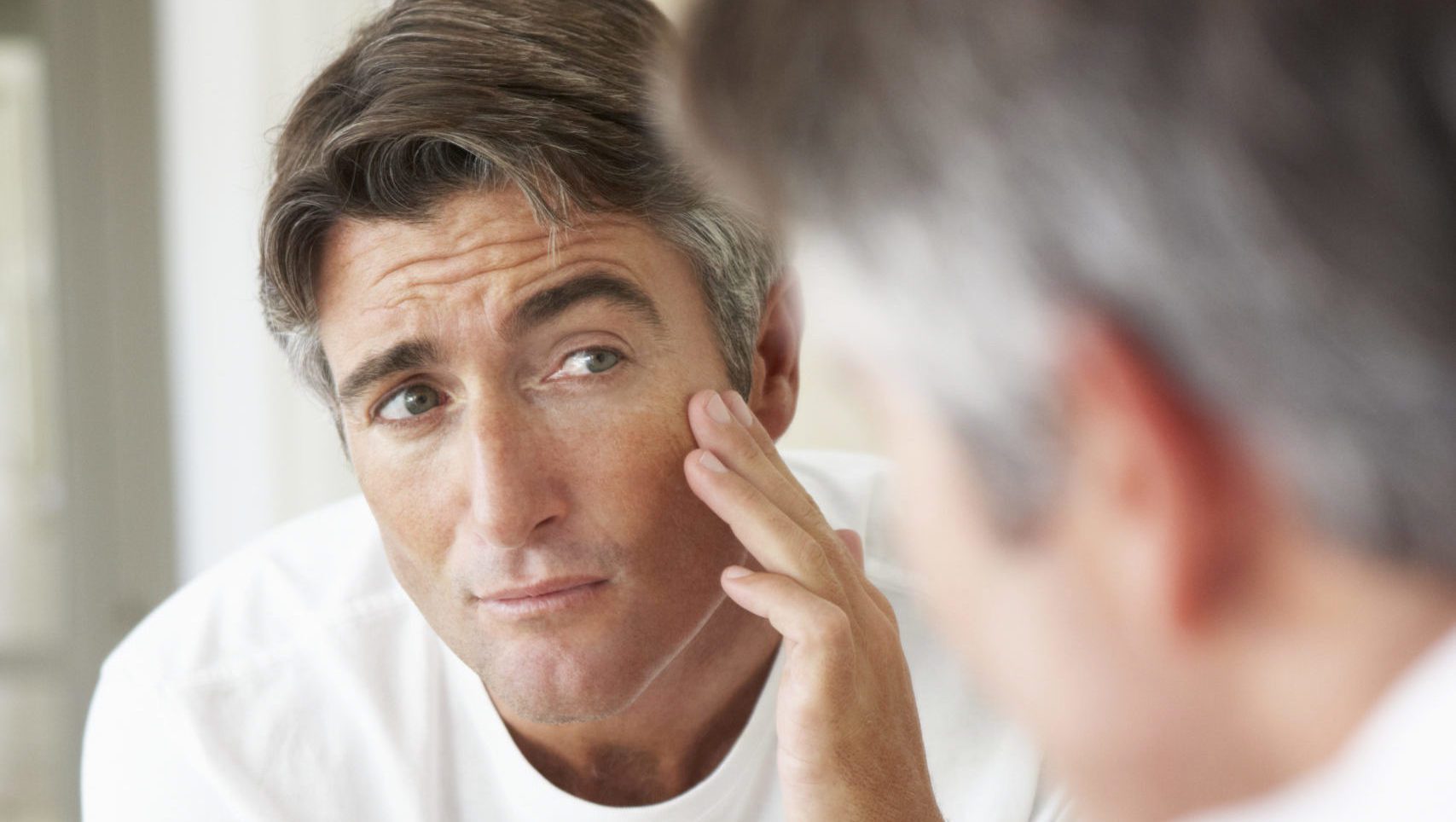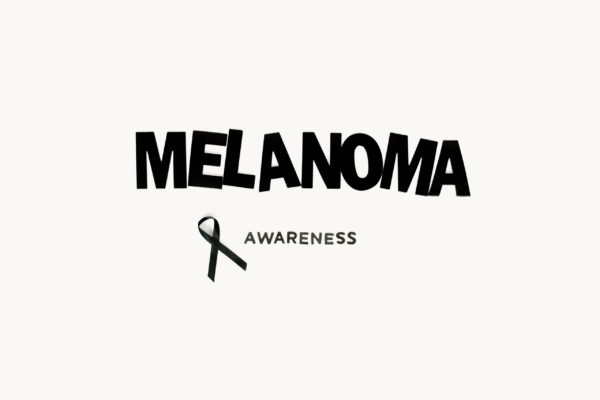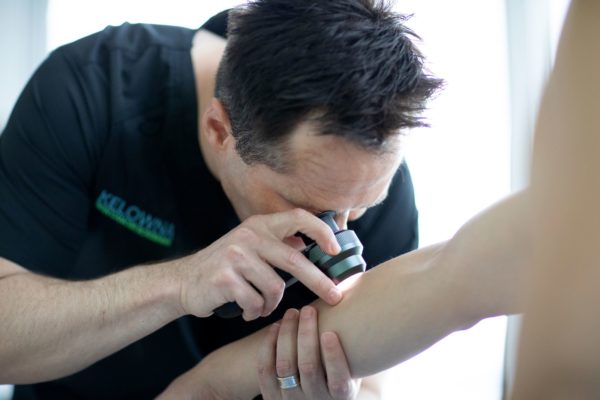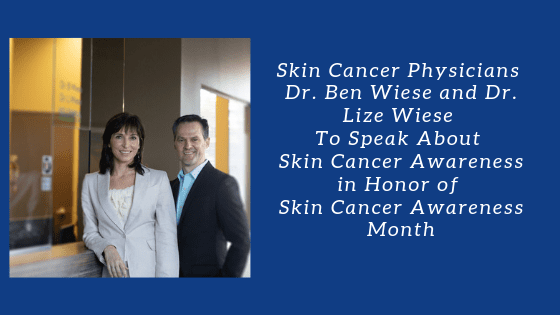Doctors recommend that people take time to examine how their skin may have been damaged by the sun. They should be completing a thorough self-examination of their moles to check for any changes. Changes can signify that what you thought was a mole actually could be a melanoma. Melanoma skin cancer is the most dangerous form of skin cancer. It is also the type of cancer, that can look the most unassuming as most instances can appear to look like an ordinary benign mole.
What Is Melanoma Skin Cancer?

Melanoma is a form of skin cancer that begins when the melanocytes begin to spread out of control. Men and women tend to experience melanoma skin cancer in different parts of their body. Men typically find it on their chest or back, while women tend to develop it on their legs. It can also develop on other areas of the body, such as the eyes, nail beds and mouth. Your optometrist and dentist can check for melanoma during dental and eye examinations to help identify melanoma skin cancer in your eyes or mouth. This particularly important if you are higher risk of or if you have had melanoma in the past. Melanoma skin cancer is the most dangerous form of skin cancer if it is not caught in its early stages.
Who is most at risk?
While each person’s risk of developing melanoma skin cancer varies, there are some factors that everyone should be aware of. Individuals with a lot of moles on their body, more than a 100 to be precise, are at increased risk. While most moles aren’t dangerous, individuals should be aware of any changes in the appearance, as well as any new moles.
Like the other forms of skin cancer, individuals who have significant exposure to ultraviolet (UV) rays should closely monitor their moles. The UV rays that you encounter through sunlight and tanning beds are a significant risk factor. The rays damage the integrity of the skin, and can begin to develop cancerous cells. To reduce the risk, individuals should limit the time that they spend in the sun, and should be proactive with using sunscreen every day.
Why it’s important to keep track of moles
A common misconception is that moles change into melanomas. That is not entirely true. Only people who are born with moles that are larger than 20cm, are at risk of their mole changing into a melanoma. For the rest, a mole is a mole. However, sometimes what we think is a mole, is indeed a melanoma. Some melanomas are very slow growing. You can have a melanoma that looks like a mole for quite a few years without noticing any changes. Unlike other forms of skin cancer, which do not always spread beyond the skin, some melanoma skin cancer types can rapidly spread to other organs in the body, making it more difficult to treat and cure. Melanoma that is caught in its earliest stage has a 10-year survival rate of approximately 95%. For melanoma that is caught in stage IV or the latest stage, the 10-year survival rate drastically drops to only 10% to 15%. This means that, about 15 out of 100 patients with stage IV melanoma skin cancer will survive for ten years.
Common risk factors
To protect your health, it’s important to be aware of changes in your skin and know your risk for developing skin cancers. The following are common risk factors for developing melanoma:
- Severe blistering sunburns before the age of 20
- Skin that has a tendency to burn
- More than 50 moles on your body
- Atypical moles with unusual shape or colour
- Fair or freckled skin
- Family or personal history of melanoma or other common skin cancers
- Exposure to UV radiation – including outdoor sun and artificial UV radiation (tanning beds, sun lamps)
Survival rate for melanoma is high if detected early and unlike other cancers, melanoma is often clearly visible on the skin. Learn the ABCDE’s of melanoma to check your skin monthly.
Conclusion
Because of its potential to spread to other parts of the body, melanoma skin cancer should be taken very seriously. To reduce the risk of developing skin cancer, individuals should practice healthy sun safety habits and should complete routine, monthly skin checks. If a mole has changed in any way, make sure to get it checked out right away.
Take the melanoma cancer risk assessment
Designed by Cancer Care Ontario (CCO), My CancerIQ is a website that helps you understand your risk for cancer, and informs you on what you can do to help lower that risk. Complete a cancer risk assessment and get your personalized action plan now.





